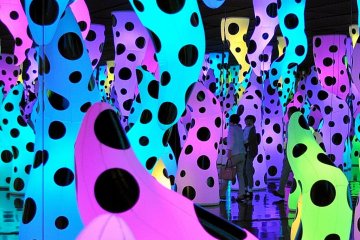
Mori Art Museum in Roppongi
Hannah MorsePerched on the 53rd floor of the Roppongi Hills Mori Tower, the Mori Art Museum provides an exceptional collection of art along with a stunning view of Tokyo.

The Mori Art Museum in Roppongi has set itself the goal of being a place of fun, stimulation and discussion - a place where what is important in culture and society is openly discussed. Not only through the exhibitions that are shown there, but also through a wide range of educational programs. It appeals to an audience that ranges from young schoolchildren to college students and seniors, from people who live in regional society to all over the world.
The operators of the museum also consider it their task to create a platform for the artists from the region.
Since opening, the museum has received high critical acclaim for its wide variety of unique exhibitions, many of which are centered on cosmopolitan themes.

Perched on the 53rd floor of the Roppongi Hills Mori Tower, the Mori Art Museum provides an exceptional collection of art along with a stunning view of Tokyo.
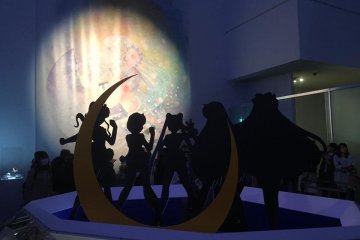
A visit to the exhibition of the Pretty Guardian Sailor Moon at Mori Art Museum
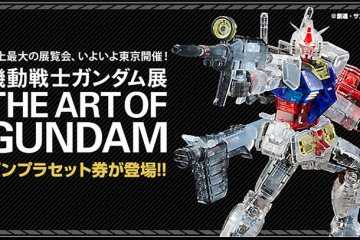
The Art of Gundam will be showing at the Mori Arts Center in Roppongi, Tokyo, from July 18th to September 27th
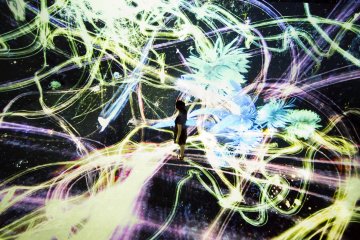
Astronomy manuscripts penned by Leonardo da Vinci and the latest, immersive installation by teamLab that lets you experience the cosmos first hand.
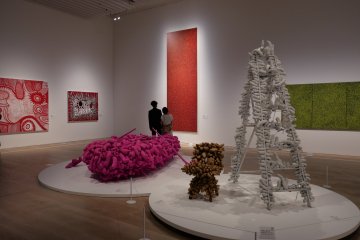
Tokyo's Mori Art Museum is currently hosting an exhibition titled "STARS: Six Contemporary Artists from Japan to the World". The event focuses on the works of six Japanese artists who have had their works propelled far outside Japan, including Yayoi Kusama.
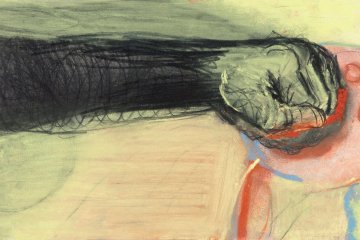
A special exhibition taking place at the Mori Art Museum from April 22nd until September 26th 2021 is titled "Another Energy: Power to Continue Challenging - 16 Women Artists from around the World". The event will showcase the work of 16 female artists with unique styles.

Celebrated Japanese architect Sou Fujimoto is the subject a large-scale solo exhibition at Tokyo's Mori Art Museum, offering a comprehensive look at his visionary career spanning over 25 years.
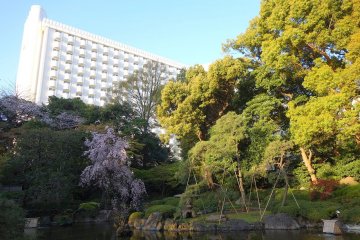
Just minutes from Shinagawa Station, the Grand Prince Hotel New Takanawa is surrounded by lush greenery in the Takanawa area, with rooms offering balcony views of the nearby gardens and the surrounding Tokyo cityscape. This urban resort features convention facilities like the Hiten banquet hall, the international Convention Center Pamir, as well as a wide variety of Japanese, Chinese and Western restaurants.
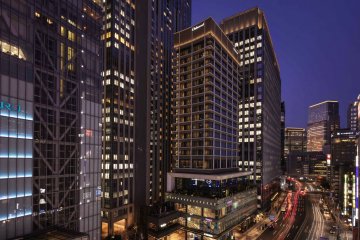
Oakwood Premier Tokyo comes from a brand of standout luxury hotel & service apartments right at the heart of the Tokyo metropolis. It is located in the business hub of Marunouchi with JR Tokyo Station in close proximity. This will allow guests and travelers to easily access the city's extensive transport network and visit various landmarks such as Imperial Palace, Tsukiji Fish Market, Ginza and Shopping District. Boasting 123 luxurious apartments on the upper floors of a multi-serviced complex, each room offers a magnificent view of the city, not to mention all furnished and a fully-equipped kitchen set which is rarely seen in your everyday service apartment. Without doubt, these spacious tranquil retreats are curated to give you the amenities and services of a luxury hotel and a feeling of home. They are good options for both business executives and leisure travelers from one night of a short-stay to a few weeks/months of mid-to-long-term stay.

ANA Holiday Inn Tokyo Bay (previously Dai-ichi Hotel Tokyo Seafort) is a 132-room hotel that will provide visitors to Japan’s capital city with an attractive, fresh option in the midscale space. ANA Holiday Inn Tokyo Bay will join a strong portfolio of 10 ANA Holiday Inn open and pipeline hotels across Japan, and become part of the brand’s global footprint of 1,234 open hotels and 278 pipeline properties.

If you're a fan of Quentin Tarantino’s Kill Bill, there's one Tokyo restaurant that absolutely deserves a spot on your bucket list. While you may not know it by its real name, chances are you've seen it on screen—it’s the unforgettable setting for the iconic, over-the-top showdown between The Bride and the Crazy 88. Known affectionately by fans as “The Kill Bill Restaurant,” this venue offers more than just cinematic nostalgia—it's a vibrant and unique dining experience in its own right. Located in Tokyo’s upscale Nishi-Azabu district, this classic-style izakaya bar is where fiction meets flavor. Though the fake blood and samurai swords have long been cleaned away, the spirit of the film lives on in the architecture and atmosphere. Stepping inside feels like walking onto the set: a grand, high-ceilinged hall with a central open-plan dining space, surrounded by a mezzanine-level balcony—instantly recognizable to anyone who’s watched the movie. But don’t mistake it for just a movie-themed attraction. The Kill Bill restaurant is a serious culinary destination. It offers a wide variety of traditional Japanese dishes, from sashimi and grilled skewers to noodle dishes and seasonal specialties. The menu also boasts creative fusion items like avocado and camembert tempura, which nods to the restaurant’s global popularity and mindset. And for international travelers with specific dietary needs, the restaurant provides vegan and halal-friendly menus (with at least three days’ notice). What makes this spot truly special is its ability to deliver a top-tier gourmet experience while doubling as a pop culture pilgrimage. You can sip sake where Uma Thurman once sliced through waves of enemies—minus the chaos, of course. Whether you’re a die-hard Tarantino fan, a foodie on the hunt for authentic Japanese flavors, or simply someone looking for a unique night out in Tokyo, this restaurant checks every box. Just one tip: Enjoy the drinks and dishes, but leave the swordplay to the professionals. Note: As you’d expect, Gonpachi is a popular restaurant. Same-day reservations are possible, but ideally you’ll want to reserve your table at least two days ahead of your visit, and even earlier if you’re planning to visit at the weekend.

B-Flat Commune is an open-air hangout in Omotesandō featuring a variety of stalls and food trucks offering unique drinks, clothing, and bites to eat. Its relaxed vibe and plenty of seating make it an ideal spot for casual meetups and spending time with friends. It's a creative place where people can gather to eat a the open-air dining space or purchase fashion, antiques, product goods and other lifestyle items. Events are sometimes hosted at this community space, and operating stores may change from month to month.
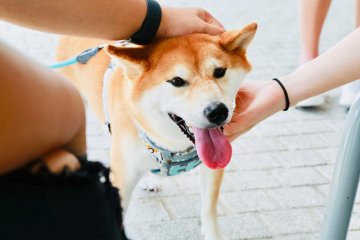
Mame Shiba Cafe offers a unique experience where you can interact with Shiba dogs while enjoying your favorite drinks. You cannot make reservations in advance through phone or online, so it is best to book early in the morning at a store. The cafe requires customers to make a reservation in-store, present their receipt at the reserved time, and then enter the cafe.
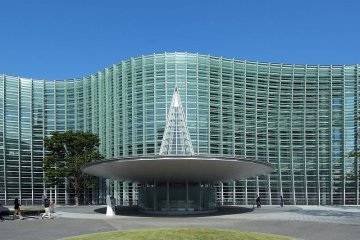
The National Art Center (NACT) is a unique and innovative art exhibition facility in Roppongi, Tokyo. It opened in 2007 and is located on a site previously used by a research facility at the University of Tokyo. The structure is one of the architect's last works Kisho Kurokawa. Instead of maintaining a permanent collection, the NACT uses its 14,000 square meter exhibition space, one of the largest in Japan, and focuses on serving as a venue for various art exhibitions. In addition, the public relations work is supported by various educational programs. The art library, which can also be found there, serves to collect and disseminate information about art.
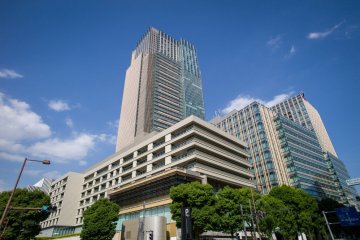
Known as a city within a city, Tokyo Midtown is a collection of shops, restaurants, museums, nature, apartments, offices, and a luxury hotel. The high-end, artsy complex is steps away from Tokyo’s lively and entertainment-driven Roppongi district. Standing like a beacon of refinement in the heart of the miniature city is Midtown Tower, one of Tokyo’s tallest buildings at 248 meters tall. Behind the towering building is an expanse of greenery composed of the Midtown Garden and Hinokicho Park, and alongside it is the Galleria, which is home to high-end stores and the Suntory Art Museum. The sophisticated shopping area attracts visitors annually with its diverse entertainment and shopping offerings.
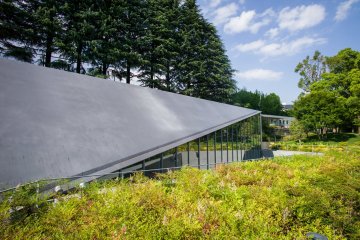
21_21 DESIGN SIGHT is a museum in Roppongi in Minato, Tokyo, which opened in 2007. The design museum was designed by architect Tadao Ando and fashion designer Issey Miyake. The building is on the edge of the park area and has 1,700 square meters of floor space, including two galleries and an affiliated café run by chef and restaurateur Takamasa Uetake. The aim of 21_21 Design Sight is to promote understanding and interest in design by involving designers, corporate employees, engineers, craftsmen and the general public. The museum organizes exhibitions on the subject of "everyday life" with multidirectional programs such as lectures and workshops. What is unique is that most of these exhibitions are directed by designers.